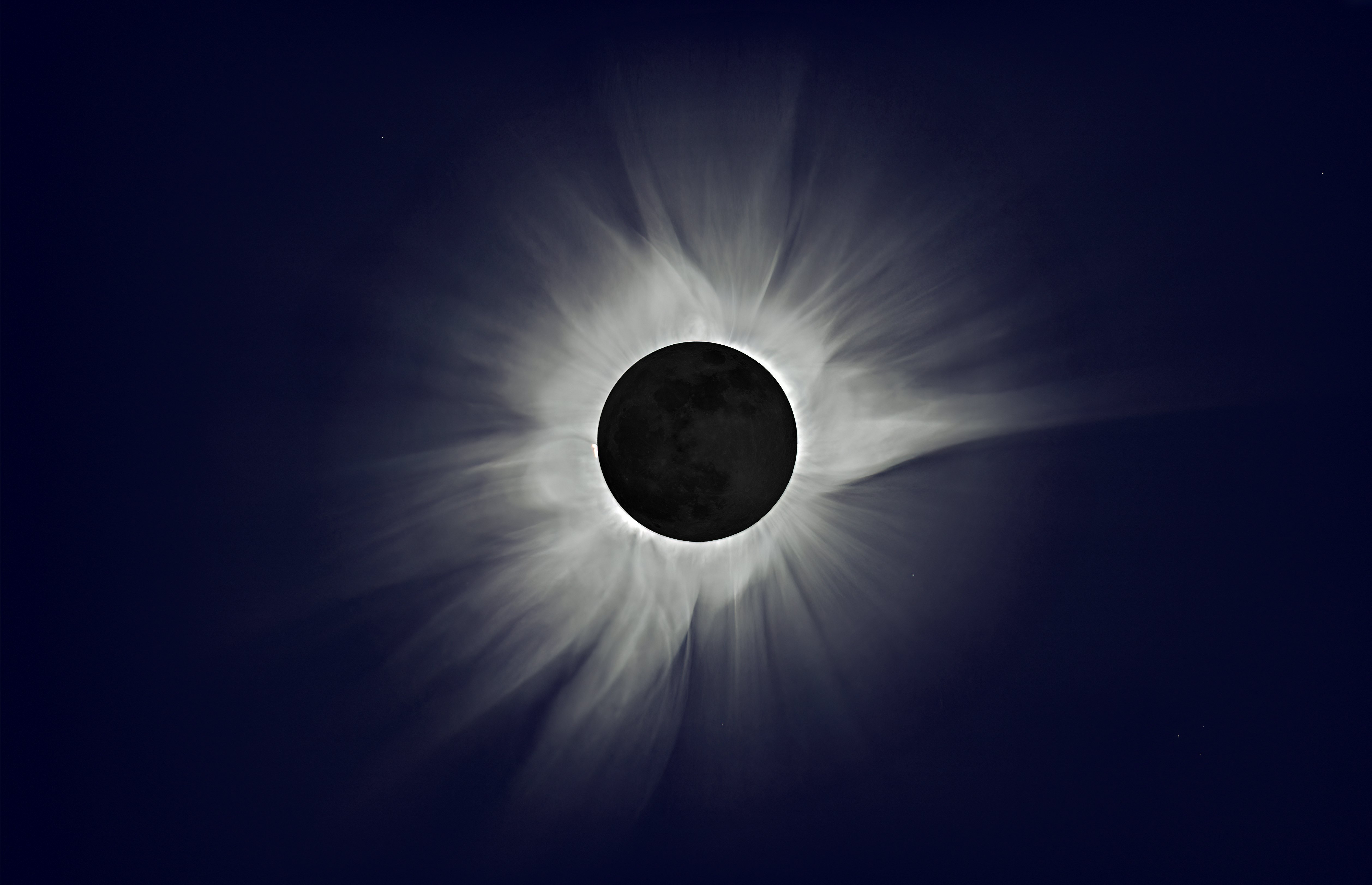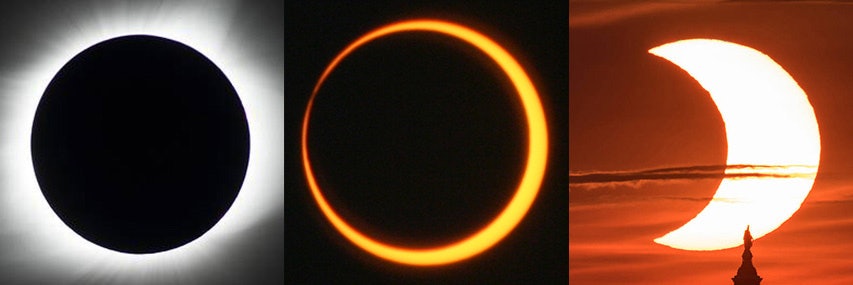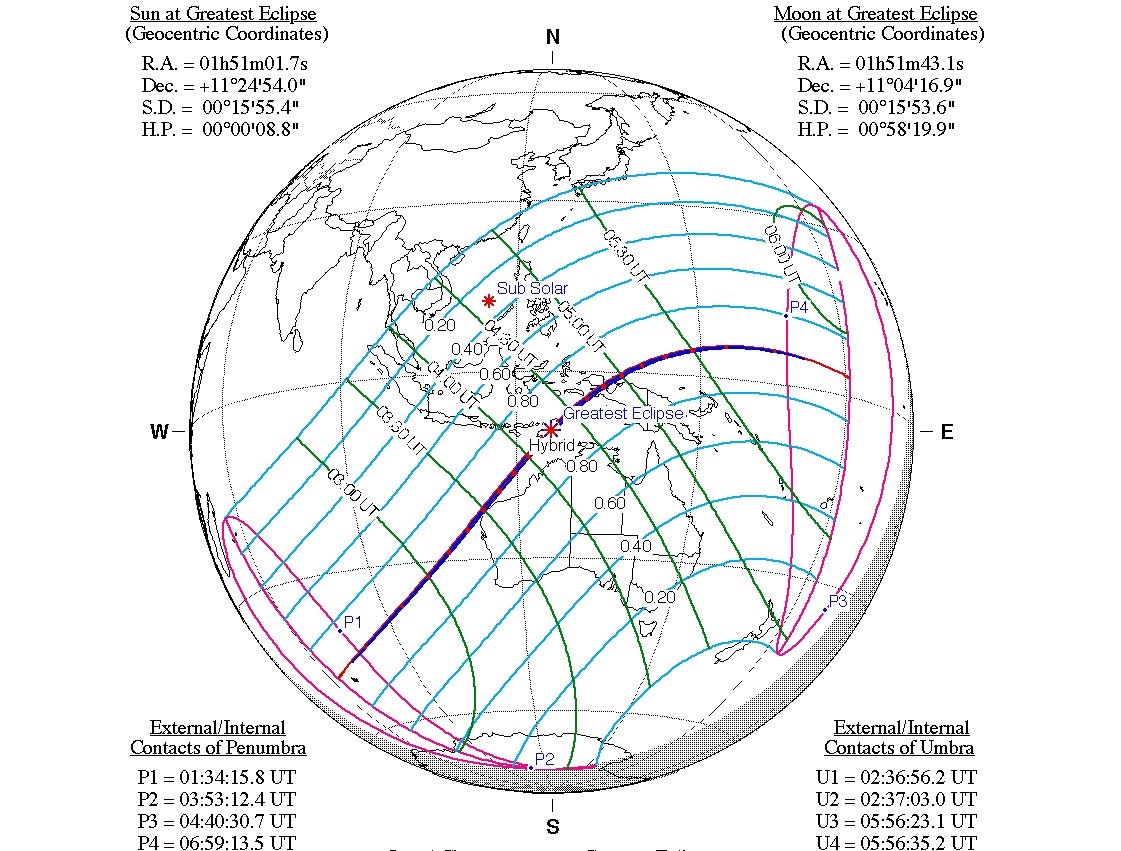
Brace yourselves: On April 20, the world will see a celestial event that hasn’t happened in a decade.
A solar eclipse is about to pass over the Southern Hemisphere — and it’s an especially rare one, known as a hybrid solar eclipse. A hybrid solar eclipse combines two different kinds of eclipses in the same sky show due to a chance alignment between the Sun, Earth, and Moon.
Here’s what to know about the event, and how to see the eclipse in action:
What is a hybrid solar eclipse?
There are four major types of solar eclipses: annular, total, partial, and hybrid.
A total eclipse happens when the Moon completely blocks out the Sun, as opposed to a partial eclipse where only part of the Sun is obscured.
An annular eclipse is similar to a total eclipse, but happens when the Moon is at the furthest point in its orbit from Earth and appears too small to totally cover the Sun.

In some cases, due to the Earth’s curvature, an eclipse will change from annular to partial while it’s happening. This is a hybrid eclipse — and happens the least frequently of all eclipses.
There are only seven hybrid eclipses in the entire 21st century, which makes a meager 3.1 percent of all eclipses expected between 2001 and 2100. The last hybrid eclipse took place on November 13, 2013.
How to see the hybrid eclipse
April’s hybrid eclipse will be visible on April 20 from Southeast Asia and Australia. Viewers in East Timor, Eastern Indonesia, and Western Australia will have the fullest view, as the path of totality will pass over these countries.
The eclipse will begin at 1:36 am GMT and reach totality — its greatest point — at 4:17 a.m. GMT (12:17 a.m. Eastern). Totality will last for one minute and 16 seconds.
Here’s NASA’s map of the eclipse:

When is the next solar eclipse?
The next hybrid solar eclipse won’t happen until November 13, 2031. When it occurs, the shadow of the eclipse will fall right over the Pacific Ocean, with few good viewing locations available.
However, there are plenty more solar eclipses that will happen before the next hybrid one.
This fall, an annular eclipse will fall over North and South America on October 14. And a total eclipse over North America will take place on April 8, 2024.







